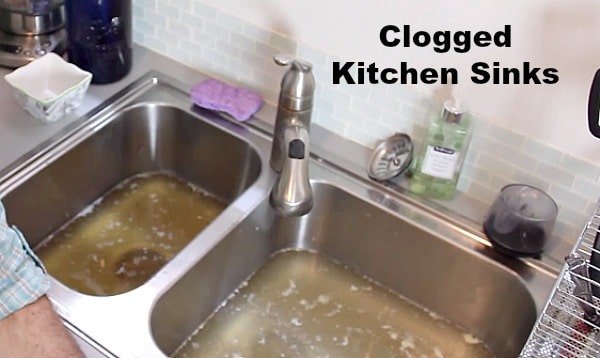When it comes to our daily lives, we often use our sinks in the bathroom and kitchen without giving much thought to the differences between the two. However, there are actually several key differences between bathroom sink water and kitchen sink water that are worth exploring. From the water pressure to the type of faucet, these differences can affect our daily routines and overall water usage. In this article, we will delve into the top 10 main differences between bathroom sink and kitchen sink water.Top 10 Main Differences Between Bathroom Sink and Kitchen Sink Water
The first major difference between bathroom sink and kitchen sink water is the source. The water used in our sinks comes from the same main water line, but the pipes leading to the bathroom and kitchen may differ. The pipes for the bathroom sink are typically smaller in diameter, which can affect the water pressure and flow. This is why you may notice a difference in the strength of the water when filling up a cup or washing your hands in the bathroom sink versus the kitchen sink.Sink Water
The kitchen sink is often considered the workhorse of the home, used for tasks such as washing dishes, preparing food, and filling up pots for cooking. Therefore, the design of the kitchen sink is often more utilitarian and functional. Kitchen sinks typically have a larger basin and a higher faucet to accommodate these tasks. Additionally, many kitchen sinks also have a sprayer attachment, which can be used to easily rinse off dishes or produce.Kitchen Sink
In contrast, the bathroom sink is typically used for more simple tasks such as brushing teeth and washing hands. This is why the design of the bathroom sink is often more decorative and aesthetically pleasing. Bathroom sinks are typically smaller in size and often have a lower faucet. They may also have a countertop or vanity surrounding the sink for storage and decorative purposes.Bathroom Sink
As mentioned earlier, the water pressure in the bathroom sink may be lower than in the kitchen sink due to the smaller pipes. This can affect the efficiency of tasks such as filling up a cup or washing your hands. However, some people may prefer the lower water pressure in the bathroom sink for tasks such as washing their face or brushing their teeth, as it can be gentler on the skin.Water Pressure
The type of faucet used in the kitchen may also differ from the bathroom. Kitchen faucets are often larger and more heavy-duty to accommodate the tasks that are performed at the kitchen sink. They may also have a higher arc to allow for larger pots and dishes to be easily maneuvered under the faucet. Additionally, kitchen faucets may have extra features such as a sprayer or a pull-down spout.Kitchen Faucet
Bathroom faucets, on the other hand, are often more delicate and decorative in design. They may have a lower arc and a smaller spout, as they are mainly used for tasks such as washing hands and brushing teeth. However, some bathroom faucets may have a more functional design, such as a single handle or a touchless option.Bathroom Faucet
The temperature of the water may also differ between the bathroom sink and kitchen sink. This is often due to the location of the hot water heater and the distance the water has to travel to reach each sink. The bathroom sink may have hotter water due to its closer proximity to the hot water heater, while the kitchen sink may have slightly cooler water due to its further distance.Water Temperature
The sink drain is another key difference between bathroom and kitchen sinks. Kitchen sinks are designed to handle larger amounts of food waste and debris, so they often have a larger drain and a garbage disposal. Bathroom sinks, on the other hand, are not typically used for disposing of food waste, so they may have a smaller drain and no garbage disposal.Sink Drain
Due to the nature of the tasks performed at the kitchen sink, there is a higher likelihood of clogs occurring. Food particles and grease can easily build up in the pipes and cause clogs. To prevent this, it is important to regularly clean the sink and avoid pouring grease down the drain.Kitchen Sink Clog
The Differences Between Bathroom Sink Water and Kitchen Water
/close-up-of-overflowing-bathroom-sink-90201417-579787783df78ceb865822d8.jpg)
Exploring the Different Water Usage in Your Home
 When designing a house, one of the most important factors to consider is the water system. From the source of water to its distribution, every detail matters. Two of the most commonly used sources of water in a household are the bathroom sink and the kitchen sink. Although they may seem similar, there are actually significant differences between the two. Let's take a closer look at the differences between bathroom sink water and kitchen water.
Bathroom Sink Water:
This type of water is primarily used for personal hygiene purposes such as washing hands, brushing teeth, and washing the face. It is typically sourced from the same water supply as the rest of the house, but it may have additional filtration systems to remove impurities. The water pressure in the bathroom sink is usually lower than that of the kitchen sink, making it more gentle for tasks like rinsing the face or brushing teeth.
On the other hand,
kitchen water
is used for a variety of purposes, including cooking, cleaning, and drinking. It is important to note that the water in the kitchen sink may come from a different source compared to the rest of the house. For example, some homeowners may have a separate filtration system installed specifically for the kitchen sink, providing cleaner and safer drinking water.
Another significant difference between the two is the water pressure. Since kitchen water is used for tasks that require more force, such as washing dishes, the water pressure in the kitchen sink is usually stronger. This makes it more efficient for cleaning and can save time in the kitchen.
Water Quality:
As mentioned earlier, bathroom sink water may have additional filtration systems to remove impurities. This is because the water used for personal hygiene purposes must be clean and safe for use. On the other hand, kitchen water may not have the same level of filtration, as it is used for tasks that do not require the same level of cleanliness. However, with the rise of health consciousness, many homeowners are opting for additional filtration systems for their kitchen water as well.
Usage:
The usage of bathroom sink water and kitchen water also differs. Bathroom sink water is used for personal hygiene, which means it is primarily used by individuals living in the house. On the other hand, kitchen water is used by everyone in the household, including guests. This means the kitchen sink may have a higher frequency of use and may require more maintenance compared to the bathroom sink.
In conclusion, while both bathroom sink water and kitchen water may seem similar, there are significant differences between the two. From the source of water to its usage, every detail must be carefully considered when designing a house. It is important to choose the right water system for each area of your home to ensure efficiency, cleanliness, and safety.
When designing a house, one of the most important factors to consider is the water system. From the source of water to its distribution, every detail matters. Two of the most commonly used sources of water in a household are the bathroom sink and the kitchen sink. Although they may seem similar, there are actually significant differences between the two. Let's take a closer look at the differences between bathroom sink water and kitchen water.
Bathroom Sink Water:
This type of water is primarily used for personal hygiene purposes such as washing hands, brushing teeth, and washing the face. It is typically sourced from the same water supply as the rest of the house, but it may have additional filtration systems to remove impurities. The water pressure in the bathroom sink is usually lower than that of the kitchen sink, making it more gentle for tasks like rinsing the face or brushing teeth.
On the other hand,
kitchen water
is used for a variety of purposes, including cooking, cleaning, and drinking. It is important to note that the water in the kitchen sink may come from a different source compared to the rest of the house. For example, some homeowners may have a separate filtration system installed specifically for the kitchen sink, providing cleaner and safer drinking water.
Another significant difference between the two is the water pressure. Since kitchen water is used for tasks that require more force, such as washing dishes, the water pressure in the kitchen sink is usually stronger. This makes it more efficient for cleaning and can save time in the kitchen.
Water Quality:
As mentioned earlier, bathroom sink water may have additional filtration systems to remove impurities. This is because the water used for personal hygiene purposes must be clean and safe for use. On the other hand, kitchen water may not have the same level of filtration, as it is used for tasks that do not require the same level of cleanliness. However, with the rise of health consciousness, many homeowners are opting for additional filtration systems for their kitchen water as well.
Usage:
The usage of bathroom sink water and kitchen water also differs. Bathroom sink water is used for personal hygiene, which means it is primarily used by individuals living in the house. On the other hand, kitchen water is used by everyone in the household, including guests. This means the kitchen sink may have a higher frequency of use and may require more maintenance compared to the bathroom sink.
In conclusion, while both bathroom sink water and kitchen water may seem similar, there are significant differences between the two. From the source of water to its usage, every detail must be carefully considered when designing a house. It is important to choose the right water system for each area of your home to ensure efficiency, cleanliness, and safety.



:max_bytes(150000):strip_icc()/close-up-of-overflowing-bathroom-sink-90201417-579787783df78ceb865822d8.jpg)
/water-overflowing-in-kitchen-sink-200553937-001-5797e6335f9b58461f5a6736.jpg)












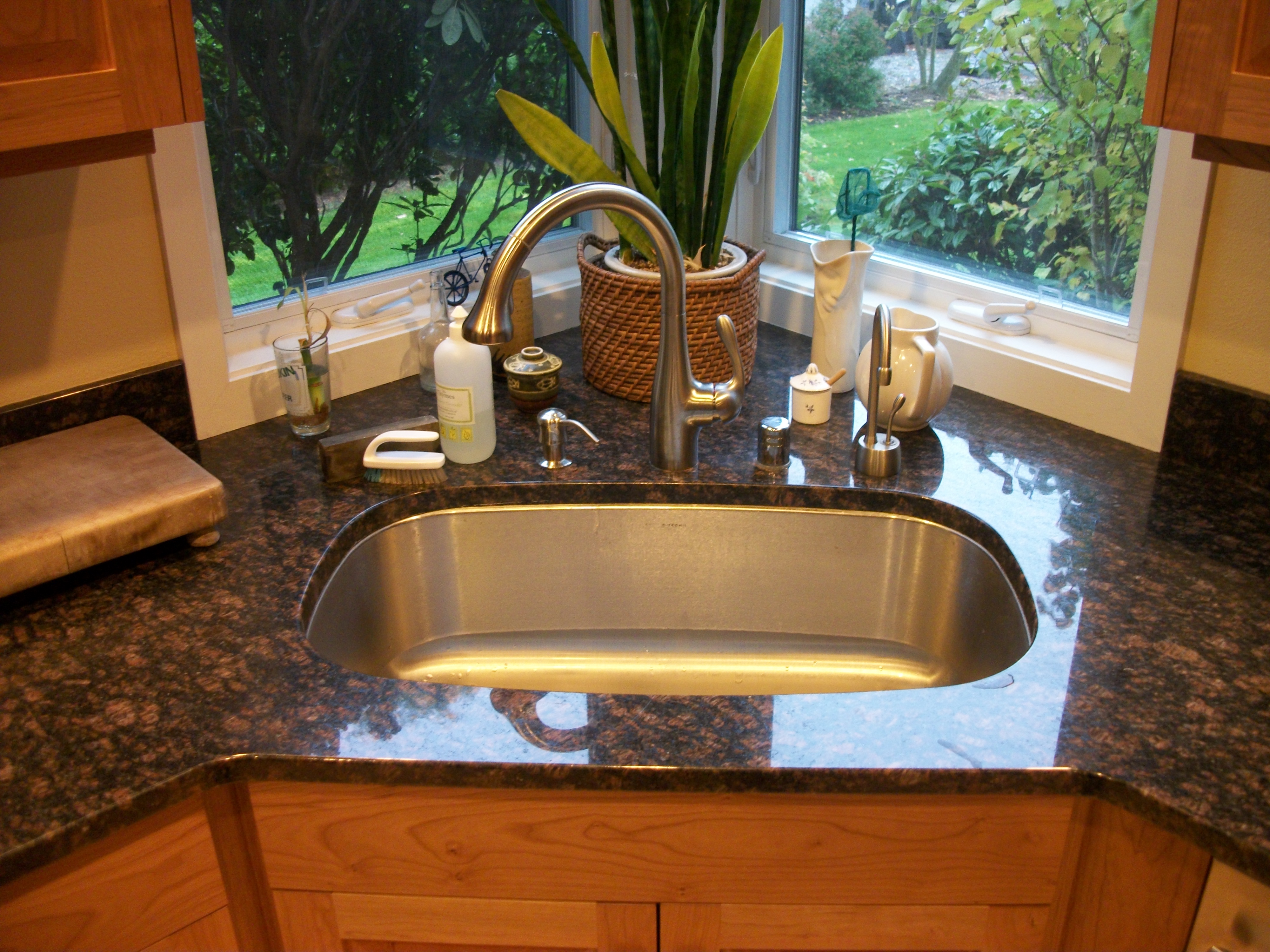




















/93097679-56a73c295f9b58b7d0e81657.jpg)
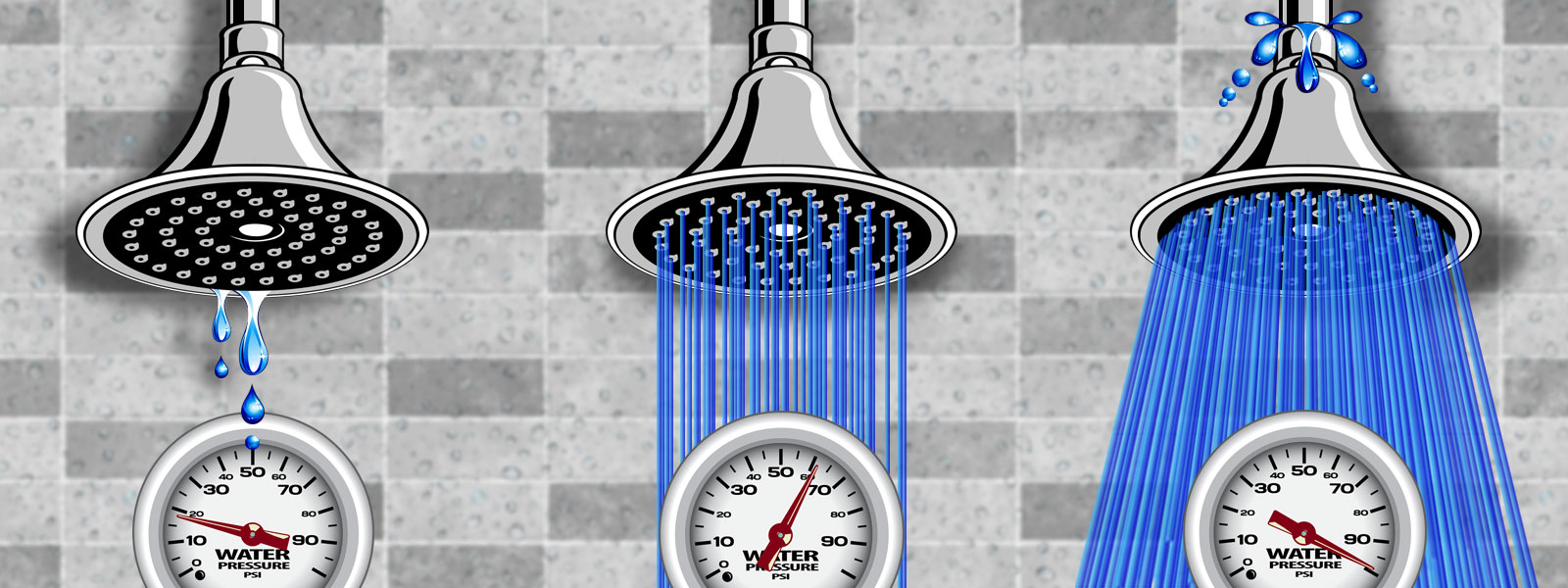
:max_bytes(150000):strip_icc()/testing-water-pressure-in-your-home-2718692-04-c37ab3236d0d4b61b87079ebf9ef823e-c1e1ef0104fb44778a287bd9bb5ec140.jpeg)




:max_bytes(150000):strip_icc()/testing-water-pressure-in-your-home-2718692-hero-98f45508ca5d44b6b551034ac5cedab5.jpg)














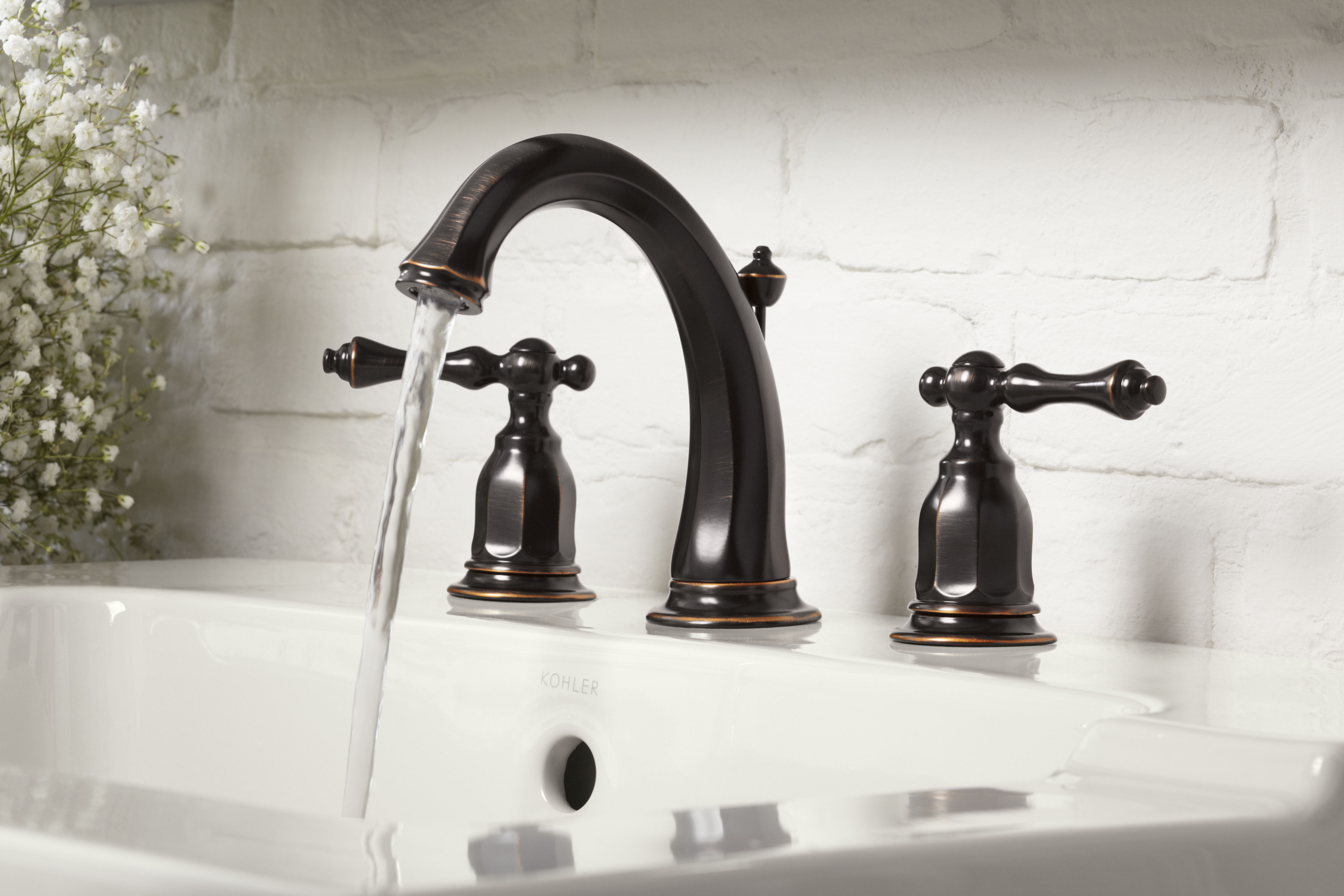









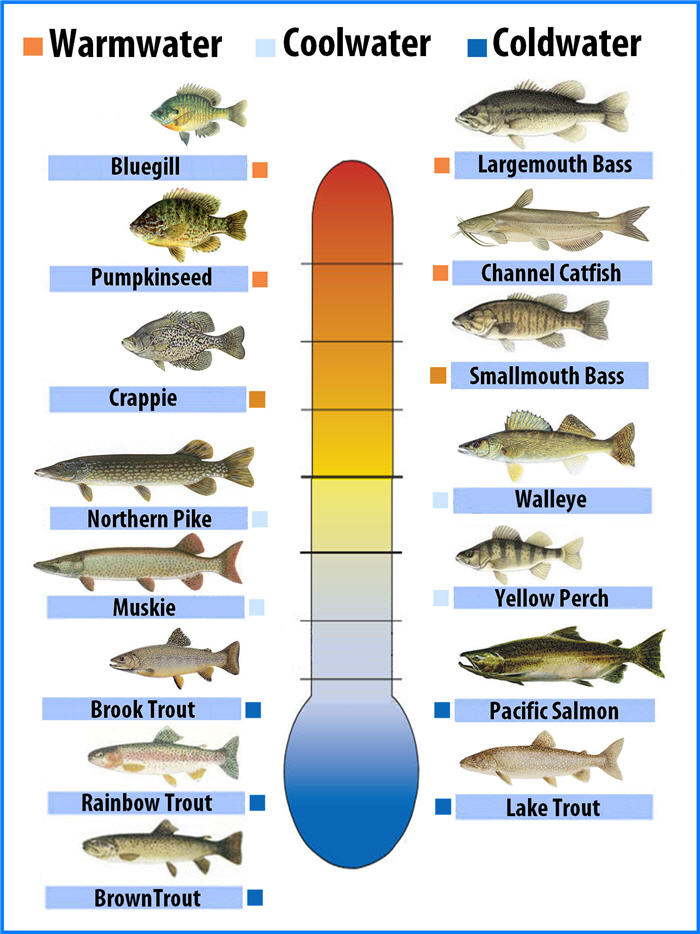


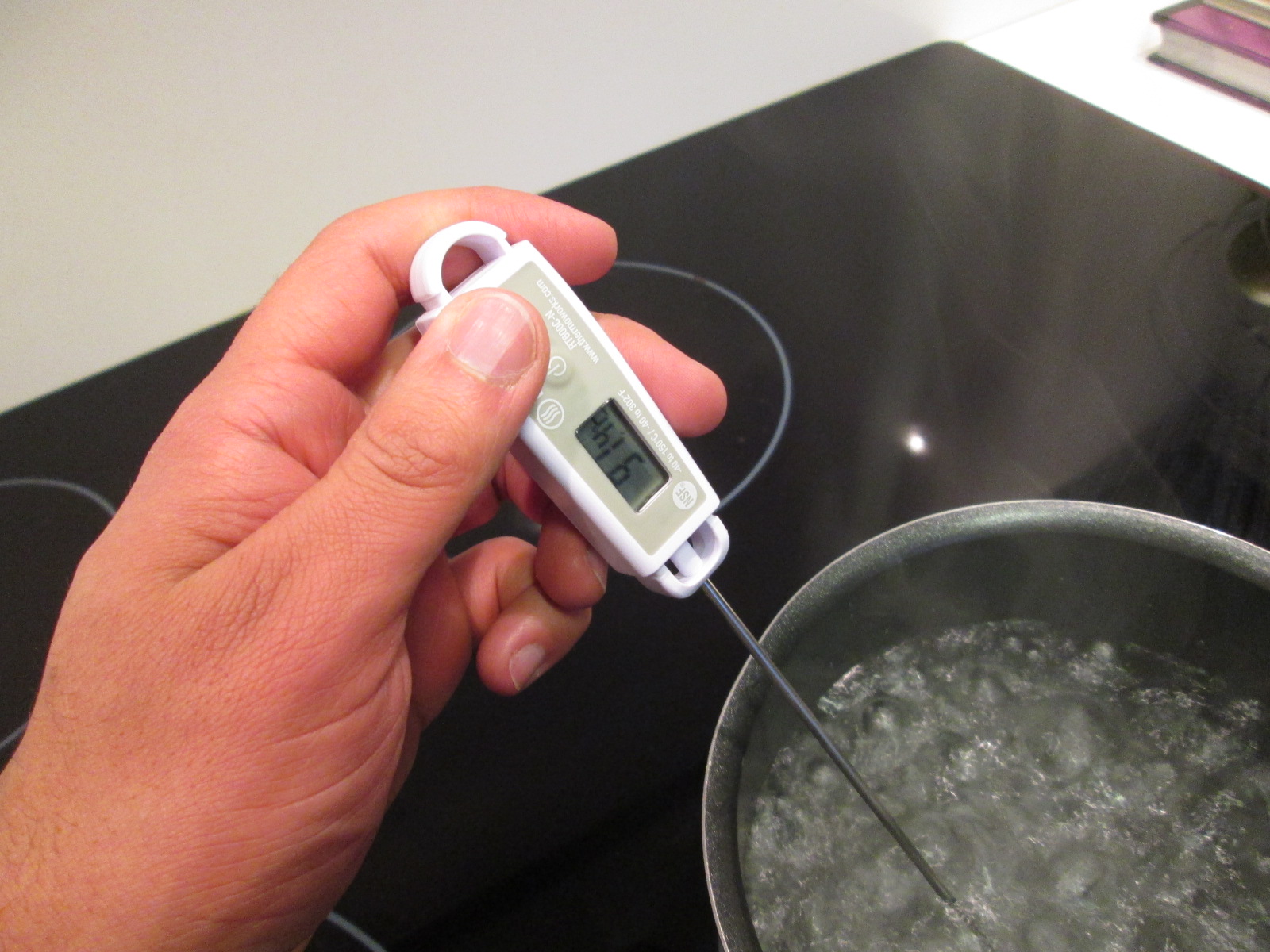




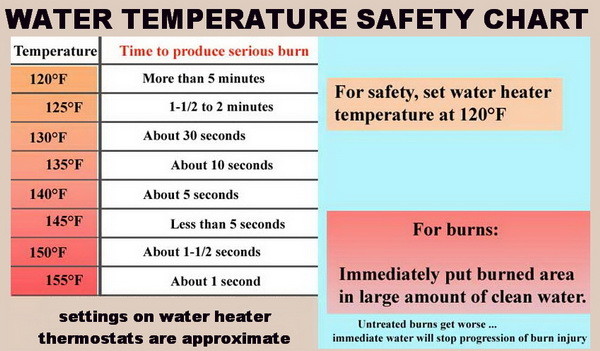










:max_bytes(150000):strip_icc()/how-to-install-a-sink-drain-2718789-hero-24e898006ed94c9593a2a268b57989a3.jpg)








